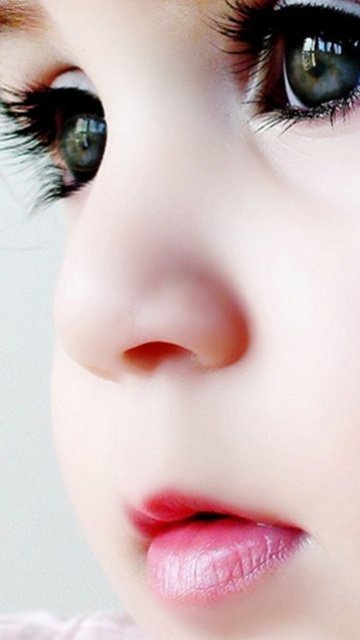thks for replying cowseye, i am not very clear about the 1:1 ratio and 5:1 ratio, care to share some knowledge with me?? pictures??
Regardless of which true macro lens, with the exception of Canon's MP-E 65mm, gives you a maximum magnification of 1:1. Which means they will look the same if you focus at the minimum focusing distance. The only practical difference betw. the lens is how short is the minimum focusing distance. Which is the reason why insect macro shooter wants a longer focal range with a higher min focusing distances for 1:1 in case the insect got scared away, and also why accessory product shoot can do well with, for example, the new Nikon 40mm micro lens, which has a very short min focusing distance, while the subject will not move (or attempt to move).
On top of the above, some Tamron and Sigma lenses has imprinted the word MACRO in their lens, they are not true macro lens. As compare to other similar focal range lens, they have slightly shorter min focusing distance, which though it allows greater magnification, but it's not enough to achieve 1:1. Look for the term 1:1 when you are buying a macro lens and you will not go wrong.








